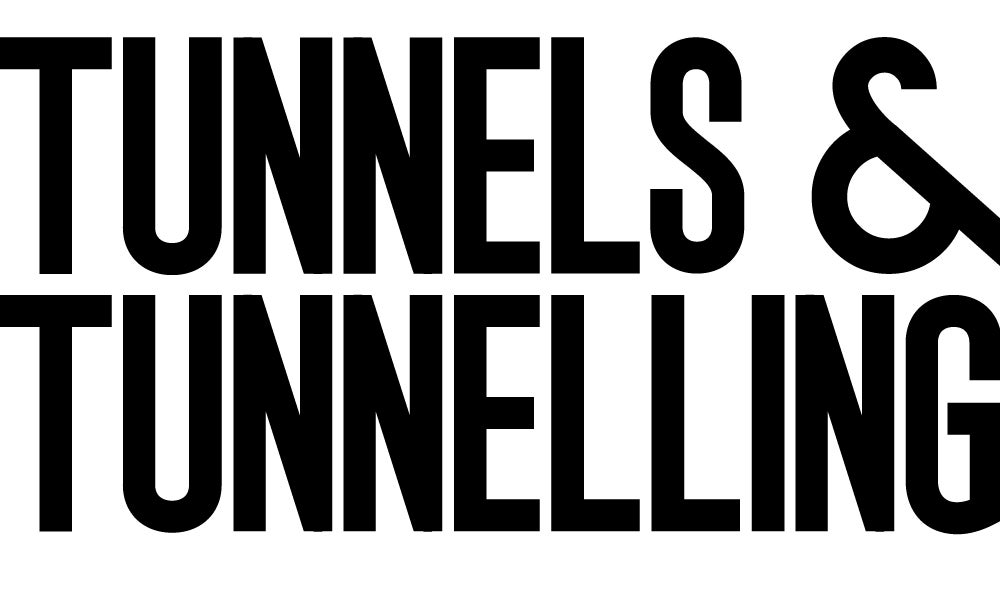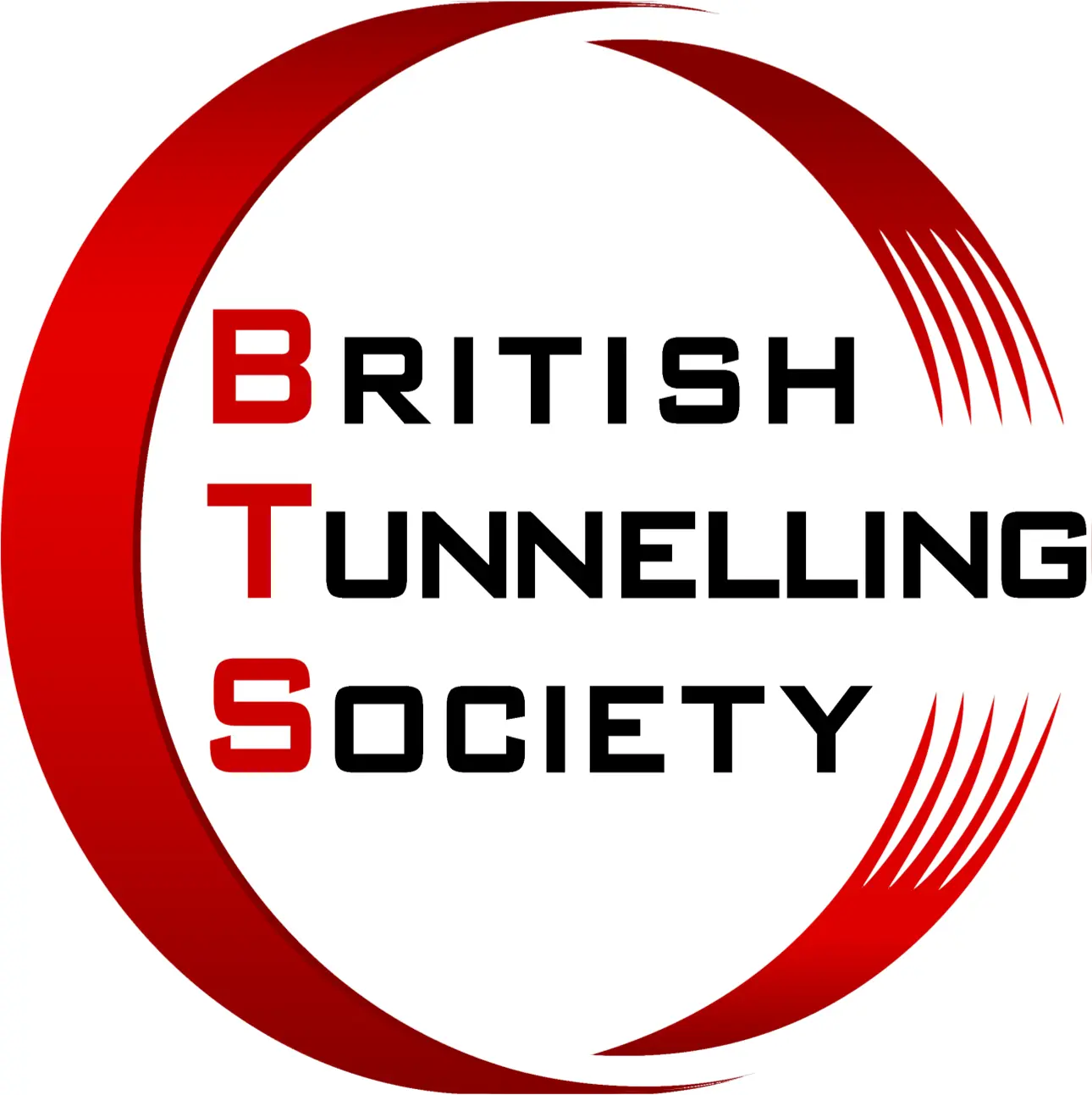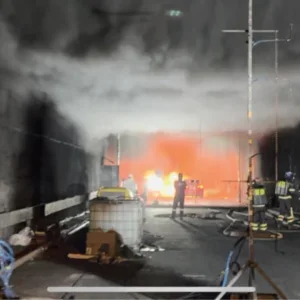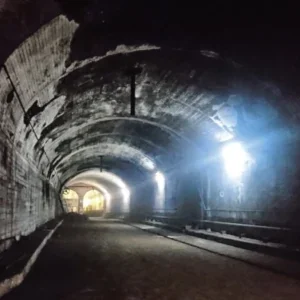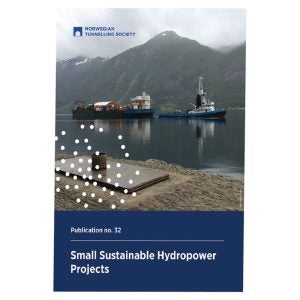In 1958 and 1963, the UK introduced new codes of practice and decompression schedules, which radically changed the approach to compressed air tunnelling. At the time this represented a major improvement in working practice, which previously had received little upgrade or modification, and formed the basis for new international standards.
Although minor amendments were made to these new codes over subsequent years, they remained largely unchanged until the early 1990’s, by which time they had been significantly outdated by advancements in other hyperbaric industries, notably offshore diving.
In the mid 1990’s, the UK’s Health & Safety Executive (HSE) responded to a combination of its own research into high levels of injuries, growing concerns based on increasing awareness within the industry and critical analysis from those coming into or advising the industry.
The resultant action was the publication of the UK Work in Compressed Air Regulations 1996. For the first time, the regulations gave real guidance to compressed air contractors as to standards for medical surveillance, training of the workforce, safe and healthy management of the hyperbaric work, competent persons and plant and equipment.
The UK Regulations were again revised in September 2001, following continued commitment to research and analysis. The resultant Amended 1996 UK Compressed Air Regulations, now provide for the compulsory use of oxygen assisted decompression techniques in certain circumstances and clear guidance for associated equipment standards and safe systems of work.
It is this guidance that formed the basis and minimum standard for compressed air works on the Channel Tunnel Rail Link’s (CTRL) Contract 320 (C320).
<b>Project conditions </b>
Contract 320 involves the crossing of the River Thames from Kent to Essex. The contract was awarded to the Hochtief/J Murphy & Sons joint venture (HMJV). The £140M contract comprises the construction of twin 7.15m i.d. bored tunnels, cross passages and approach structures on both sides of the Thames.
Ground conditions along the tunnel route comprise 12m of soft alluvial clays and peats (Figure 1), overlying 6m of highly permeable sands and gravel, which rest on the Upper Chalk with flints, weathered in the top 10m. The presence of numerous bands of flint, containing boulders up to 0.3m in diameter, possessing strengths of up to 600MPa and being highly abrasive, presented a concern to the contract. This, coupled with knowledge of the difficulties that plagued previous tunnel contracts in the area, required extensive mitigation measures to be undertaken during the TBM design phase, to equip the TBMs with wear protection to the cutterhead and the use of wear detection devices on the cutting tools.
Despite the provision of these measures it was always anticipated that interventions into the head would be required for inspection and maintenance. Also face inspections were required at the locations of the cross passages to confirm the ground conditions. It was therefore anticipated that an intervention would be required weekly through the course of the tunnel drive – tunnelling operations themselves being continuous 24hrs/day, 7 days/week.
A survey of the ground conditions also clearly revealed that, although “free air” intervention would in theory be possible in some locations along the tunnel route, i.e. where relatively fissure free, low permeability chalk was encountered, the need for “compressed air” intervention would be unavoidable in others.
In these locations intervention pressures of 2-3 bar were expected in normal operation, with the potential for pressures in excess of 3 bar through the mid point of the drives (theoretically maximum working pressures could have reached 4.5 bar in the worst case scenario), although this would be avoided if possible by the planned use of free air in stable, competent ground. It was these conditions that formed the basis for planning and design of associated procedures on C320.
<b>Operational and emergency procedures</b>
UK law now requires that “Air and Oxygen” assisted decompression techniques be utilised on all projects where the working pressure is in excess of 0.95 bar. As C320 was definitely within this category, it became the first UK project to have to ensure that full operational and emergency procedures were in place to cope and comply with operational criteria or circumstances that were certain to be required or encountered (rather than just contingency for same).
HMJV and CTRL designer/project manager Rail Link Engineering (RLE) therefore set in place an experienced site based team to manage the works in accordance with these new regulations.
Tony Ridley Hyperbaric Associates (TRHA) was brought in to design the technical, safety, emergency procedures and controls associated with the hyperbaric aspects of the project and selection of equipment. TRHA also provided Medical Lock Attendants (MLAs) to enforce, control, administrate and update the established systems on a daily operational basis via permanent cover on site. Dr Andrew Colvin, Institute of Occupational Medicine, was brought in as Contract Medical Advisor (CMA). His extensive knowledge and experience of tunnelling hyperbarics, air, oxygen and mixed gas decompression and occupational health regimes, was used to establish the associated project medical/clinical and health protocols.
Working in unison the team established a package of operational guidance to govern all the hyperbaric works on the project and many other associated safety and health issues with peripheral or associated benefits to tunnel and TBM health safety management.
<b>Oxygen assisted decompression</b>
“Decompression” in a tunnelling context is pressure reduction in the TBM or other lock system from working pressure at the face, back to atmospheric pressure. Traditionally, decompression was always conducted with “air only” as the breathing medium within the entire volume of the lock. Oxygen assisted decompression provides for a schedule of set periods when 100% oxygen (delivered by mask) is used as the breathing medium, while maintaining an “air only” environment within the lock space as before.
While there are inherent risks with its application, when managed correctly the inclusion of oxygen as a breathing medium is widely accepted to have great benefits in reducing the potential for industrial diseases associated with decompression. It is these benefits, combined with strict management regimes, which have formed the basis of changes to UK guidance. While recommending a preferred decompression format, UK guidance also allows selection of the most appropriate decompression format, according to justification on project conditions. Following extensive risk assessment and research comparison, and in conjunction with the HSE, the team recommended a modified version of the German TBG decompression schedule as the most appropriate for C320. This schedule was approved and adopted for use on submission of the justification.
<b>Practical application on site</b>
Operation, management, administration and immediate readiness of hyperbaric systems are key to success on any compressed air project and this was integral on C320. At the heart of this were the MLAs, working closely with project safety management and the CMA.
While inspections or tool changes within the TBM cutterhead could be predicted to a degree, to mitigate the risk of “down time” and the inherent costs associated, contingency for immediate access had to be in place while tunnelling was underway. With this in mind, the MLAs were in constant attendance on site throughout the duration of all tunnelling activities.
Entry into compressed air was fairly regular, but not constant and therefore the MLAs were utilised for other duties to compliment their hyperbaric responsibilities in order to cost-effectively utilise non-hyperbaric time. In relation to this, a system of surveillances, contingencies and associated duties were developed in respect of; general tunnel safety, health, rescue and medical support. This helped to provide the same level of advanced support during “free air” interventions, other tunnel works and generally around the site.
Of paramount importance was the actual training of the workforce for work in compressed air, associated emergency procedures for the cutterhead, TBM, tunnel and surface site and all associated health and safety protocols. Training programmes were project specific and as such were compulsory for all workers and while previous experience was noted, it was not regarded as an indication of a safe level of competence in any individual, particularly with respect to project specific conditions. In particular, workers were given practical/ technical instruction in relation to: decompression and decompression illness, Barotrauma (pressure injury), gas toxicity and narcotic effect, injury and extrication and safety issues associated with the use of oxygen rich gases. In line with this ethos, training was refreshed at regular intervals and some workers were deselected if this was not maintained or successfully completed.
Due to the new legislation, there were also some fairly major equipment and system changes to apply from those associated with “air only” techniques. While requirements are clearly listed in the new legislation, this was the first time they were applied operationally and this required either the introduction of new systems and equipment or modification of existing ones in order to achieve compliance.
As routine use of oxygen has been allowed in Europe for sometime, the Herrenknecht TBM team were highly experienced in the design of the oxygen systems. Hence the TBM came pre-equipped with an oxygen delivery system. Despite differences in European law from that in the UK, only slight modifications were needed to comply with the required UK standards. The TBM itself was equipped with twin, two-compartment man locks and separate materials lock.
One of the major issues raised by the new legislation surrounded the management of oxygen and oxygen rich gases underground; in particular the transport of high-pressure oxygen into the TBM and its distribution, use and removal from the lock system. For the project, UK supplier Specialist Plant Associates, designed an “oxygen carriage system” which was compliant with all the facets of the new legislation. This provided suitable protection during storage, transport and use, as well as the ability to reduce pressure without the need for disconnection underground and a self-sealing quick connect/release mechanism for connection into the TBM. This proved a highly successful and easy to use system for bringing the oxygen to the TBM.
Integral with use of the new equipment was ensuring that the workforce in general understood the importance of the new safety systems that were put in place to support it. Through regular meetings the C320 compressed air team aligned all parties to the required standards that must be complied with and routine operation was effectively enforced.
For the workers themselves, having undergone all the relevant training and instruction and seen that active expert control and management was in place, there was very little complaint or alarm in connection with use of oxygen for decompression. Once they had established their own routine for entry back into the lock, the designed systems for decompression and initiation of oxygen breathing worked very well. Any feedback or requests from the workforce were to do with environmental issues within the lock, rather than concerns over the decompression regime or equipment, and these were easily resolved.
<b>Exposure and decompression illness</b>
In comparison with traditional tunnelling techniques, the application of TBM technology greatly reduces the need for exposure to compressed air. This is clearly demonstrated when C320 is compared to the previous crossing of the Thames at Dartford in 1973. On that occasion 122,000 individual compressed air exposures were required to complete the tunnel, of a shorter length but similar diameter. On completion of all works, C320 had utilised 360 individual compressed air exposures, 267 of which were actual working exposures. This equated to approximately one intervention per week, comprising three men.
Overall the project can be regarded as a “high pressure” compressed air project, with a maximum working pressure of 3.10 bar and an average working pressure of around 2 bar. In relation to decompression illness, two cases were reported and successfully treated from a working pressure of 2.50 bar. These came close together, at the maximum extent of the table and in extremely arduous working conditions. These were regrettable and led to a further modification of the table to eliminate the potential for such exposures, resulting in no further problems in these pressure bands. Both workers successfully returned to the compressed air workforce.
As with most modern projects, exposure numbers are such that little statistical value can be derived on a project specific basis, but overall the results are encouraging when comparison is drawn to similar exposures utilising “air only” decompression.
<b>Future application of oxygen techniques in the UK</b>
On future projects where it is known at “tender stage” that oxygen assisted decompression techniques will be required, it is highly important for both client and contractors alike to fully understand exactly what is required to establish a safe system of work. This must be clearly presented in tender documents and resulting proposals. The new legislation should ensure this and is particularly important, as tenders are open to non-UK companies and there are certain to be differences in requirements and standards from those regarded as normal practice within their home environment.
It would be unfair if tender documents do not provide a “level playing field” by setting out exactly what standards are required and likewise if proposals are submitted and accepted on standards that may only meet requirements for work outside the UK.
Integral to this would be specification of compliance to the UK Regulations in respect of:
- specification, equipment selection and layout of compressed air systems
- compressed air intervention at 2.4 barexperience and qualifications of the contractor
- the qualification and relevant experience of personneloperating the systems on site (MLAs)
- the qualification and experience of the CMA
- establishment of defined project specific protocolsand procedures
- project specific training of the workforce
- commitment to achieve best practice within UK legislation
- For C320, the relevant legislation was brought in after the contract had been awarded, which lead to necessary changes of the contract. This should not occur on future contracts now the legislation is in place.
- Many difficulties in achieving compliance can be alleviated if key project personnel are assembled during design (as on C320) and this is particularly important for projects utilising TBMs. It allows feedback into standard design formats, technical and safety innovation, based on past experience and certainty that the systems are compliant from arrival on site.
- All this points towards a need for standardisation in legislative requirements, initially across Europe and then worldwide. While this is very sound in theory, there are and would be inherent difficulties with application and enforcement.
- While some in Europe might criticise the UK for being slow in the uptake of oxygen decompression, the process has been measured and based on sound research values and industrial input from the UK Health & Safety Executive. It has been able to compare and draw on hyperbaric standards established in the UK diving industry, which is the most advanced and safest in the world, and adjust these for tunnelling application. The result is that UK hyperbaric tunnelling legislation is allied to that of its diving industry, which now makes it the most advanced and safest in the world.
- For the near future at least, it would seem likely that these differences will remain, as UK standards and operational practice are continuing to develop and advance, and this should be very clearly addressed during project planning for compressed air work.
- It should also be noted that C320 benefited in having two new TBMs, experienced TBM designers, project personnel highly experienced in the use of oxygen and the advantage of relatively large diameter tunnel/TBM, which allowed the O2 system design to be relatively simple to install and maintain. It should be noted that the vast majority of tunnels in the UK are carried out using smaller, refurbished machines; in which case the application of an O2 delivery system will be more difficult to administer in compliance with new legislation and hence careful consideration will need to be given to “modified system” design.
- <b>Conclusions</b>
- Overall the application of oxygen decompression on C320 has been highly successful. Few safety issues in relation to its practical application had to be addressed. This was largely due to good legislative guidance (HSE), detailed TBM specification (RLE), a commitment to best practice by the Hochtief Murphy JV and the expertise of Herrenknecht, TRHA and IOM.
- While some decompression illness did occur, it is reasonable to assume that this would have been much higher, given the average working pressure, had oxygen not been used and that this will influence the future development of the technique.
- The compressed air workforce is becoming very small, compared to that historically encountered and is performing “key” tasks to ensure best production for a given project. With oxygen decompression and reduced decompression illness these personnel are not lost from the workforce as they may have been before.
- The new systems designed for C320 worked well and received good practical response from the compressed air workforce. In future the emphasis on training and communications based on the established procedures cannot be underestimated.
- Some differences in protocol and principles were encountered between pre-existing European standards and the new UK legislation, hence forming the “integrated team” of all interested parties as early in the process as possible is vital to allow these issues to be effectively engineered out.
Related Files
Figure 1
